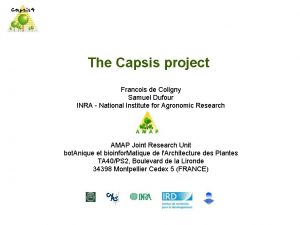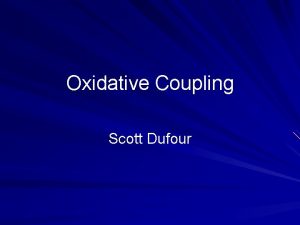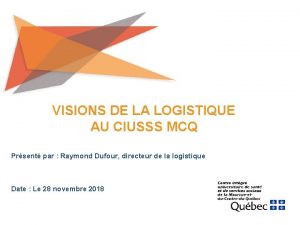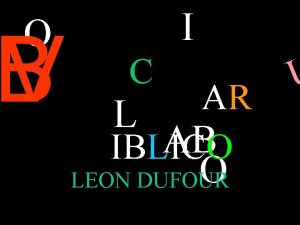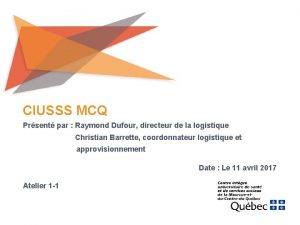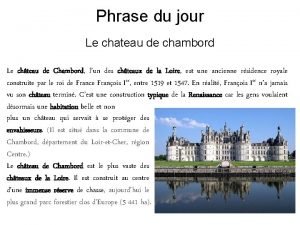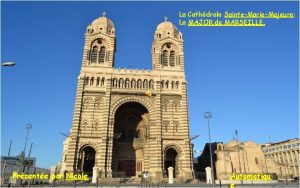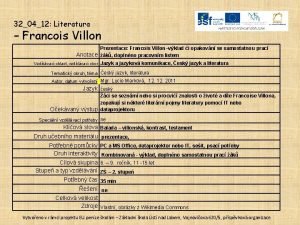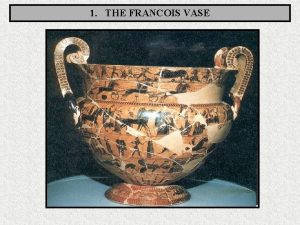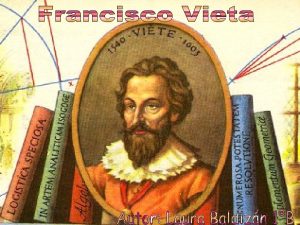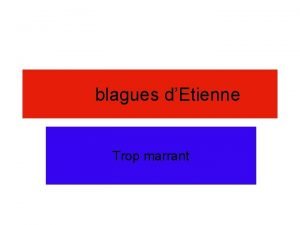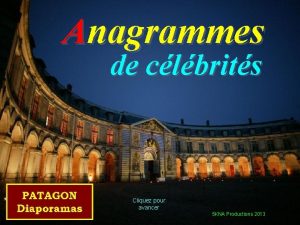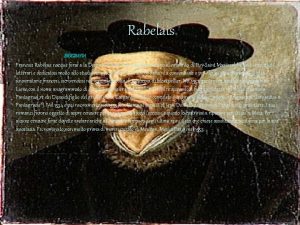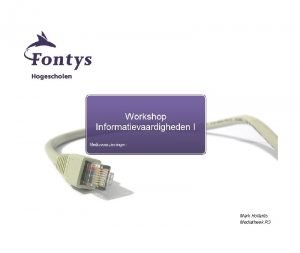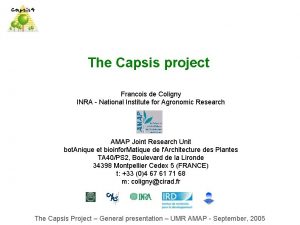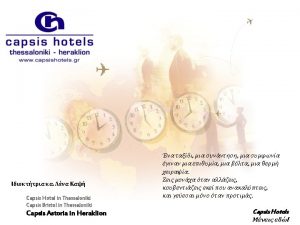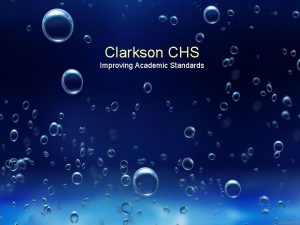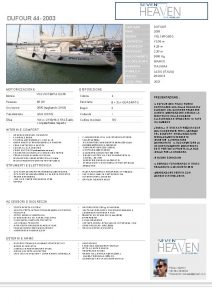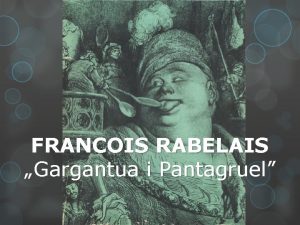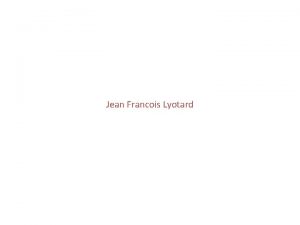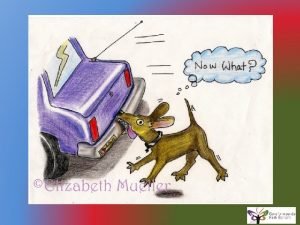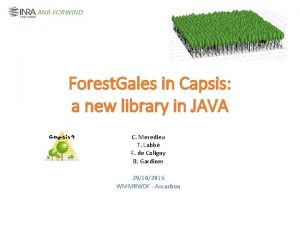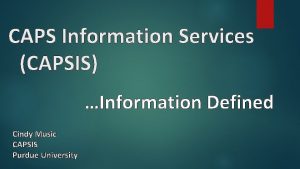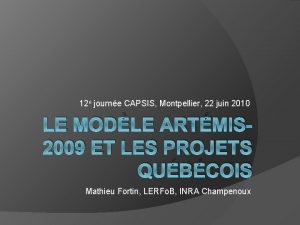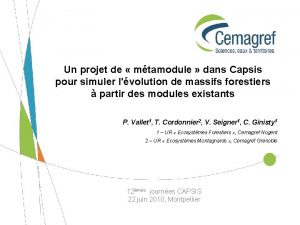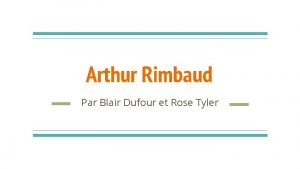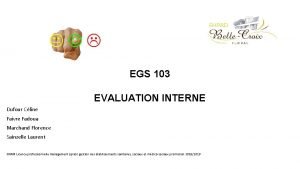The Capsis project Francois de Coligny Samuel Dufour





















- Slides: 21

The Capsis project Francois de Coligny Samuel Dufour INRA - National Institute for Agronomic Research AMAP Joint Research Unit bot. Anique et bioinfor. Matique de l'Architecture des Plantes TA 40/PS 2, Boulevard de la Lironde 34398 Montpellier Cedex 5 (FRANCE)

Objectives of Capsis Meaning Computer-Aided Projection for Strategies In Silviculture Objectives Simulate the consequences of the forest management by using the scientific knowledge Build a software platform to integrate many forest growth, yield and dynamics models For who Forestry modellers, forestry managers and education

Forestry models Stand level models: Distribution models: Individual based models: Spatialized models: . . . and also Mixt models: Process-based + growth and yield Distribution + spatial structure Individual based + genetics. . . Various types of stand growth and yield models

Various representations in memory Kind of model Example Lemoine model (stand-level, plantation): - Age - Number of trees - Girth (dominant, mean tree) (cm) - Basal area (m 2) - Height (dominant, mean tree) (m) - Volume (mean tree) (m 3) PP 3 model (distribution, plantation): A collection of bars - Age - Diameter (cm), Height (m), Tree volume (m 3) - Number of trees in the bar - Crown (base height, diameter) (m) - Other (biomass, carbon mass, leaf area, etc. ) Other. . . Samsara model (individual-based, spatialized): A collection of trees - Age - Diameter (cm) , Height (m) - Location x, y, z (m) - Species - Crown (base height, radius) (m), Light (MJ)

Capsis specificities The data structure can be different for different models -> several thematics are possible At present time: (1) forestry and (2) fish dynamics (experimental) Stability: the kernel not often changes Evolutions: extensions everywhere - Interactive / script modes - French / English user interface (english only in the code) - Possible connections with other simulators - Grouping system with filter extensions

Capsis Software Architecture Modules: Stand growth models Extensions: evolutive part Pilots: interactive or not module 2 ext 3 gui scr module 3 Libraries: additional tools Library library 11 gui module 1 Kernel: stability ext 1 kernel gui pilot script pilot library 2

The Capsis project organisation Actors roles: Developers: computer developers, design, training courses, assistance Developers Modellers End-users D M U Modellers: scientists, build their models inside Capsis End-users: interested by using the models The Capsis Community: Developers + Modellers are co-developping together

Clear participation rules The Capsis charter: 1. Free kernel: the Capsis kernel is a free software (LGPL licence) 2. Development: the modelers are in charge of the development of their models 3. Support: They can have support from the developers 4. Free access in the community: All the source codes are freely accessible by all members in the Capsis community 5. Respect of intellectual property: all members respect the intellectual property of the other members 6. Validations: developers deal with technical validation, modelers deal with functionnal validation 7. Distribution: the stabilized / validated modules may be distributed when the author decides and chooses a licence 8. Decentralization: modelers manage directly the relations with their end-users

The Capsis methodology Initial training session Capsis charter acceptance Starting stage together with a developer Co-development Possible distribution outside the Capsis community Autonomy with simple tools Support and possibly new stages for evolutions

R. Schneider - UQAM, Québec Recent projects 1/6. . . Jack. Pine Growth of Jack pine in Canada using the Crobas - Pipe. Qual model by Annikki Makela (University of Helsinki, Finland). Introduction within Capsis of a Crobas library (under validation by Annikki Makela)

T. Perot - Cemagref Nogent s/ Vernisson Recent projects 2/6. . . Oak. Pine 2 A dynamics model for heterogeneous forests : Oak + Pine 2008: Oakpine 2 - distance-independent tree model 2007: Oakpine 1 - individual based / spatialized

D. Harja Asmara - ICRAF, L. Soler, M. Laurans, C. Madelaine, G. Vincent - AMAP Recent projects 3/6. . . Stretch A rewriting of the Sexi-FS model within Capsis with a connection to the AMAP light model by Jean Dauzat (Mir-Musc-Radbal) and other evolutions. Several options for growth equations and radiative balance calculation. . .

I. Lecomte, E. Rigolot - INRA URFM, S. Griffon - AMAP Recent projects 4/6. . . Fire. Paradox - European project : An Innovative Approach of Integrated Wildland Fire Management Regulating the Wildfire Problem by the Wise Use of Fire: Solving the Fire Paradox. - Needs a software to place in 3 D the plants / trees (condidered as fuel) and export a file to a fire calculation program. Will consider the growing again of the trees after fire.

C. Meredieu, T. Labbé - INRA Biogeco, O. Pain, C. Deleuze - FCBA Charrey s/ Saône, Antoine Colin - IFN. . . Recent projects 5/6. . . Sylvogene - Pole of competitivity : "Industrie et Pin maritime du Futur" - The Sylvogene project involves INRA, FCBA (AFOCEL + CTBA), IFN, CRPF, ONF, CAFSA, FORELITE, VILMORIN. . . - Action « Build a permanent analysis system for the resource » for the Massif des Landes de Gascogne - INRA, IFN et FCBA share their data and models - FCBA decided to integrate its models within Capsis to ease their connection with the IFN data bases.

O. Pain, C. Deleuze - FCBA Charrey s/ Saône Recent projects 6/6. . . Regix Stand level model for short rotation coppice of poplar and eucalypt. Economics oriented

http: //capsis. free. fr > Projects Integrated modules: various types IBM Fagacées Fasy Oak. Pine 1 Jackpine. . . IBM + Spatialized Cytisus Fiesta / NRG Mountain Paletuviers Presage Quercus Regelight Samsara Selva Sexi - Stretch Simsys Transpop. Rege. . . Diameter class CA 1, Luberon Eucalypt Ifn. Ca Laricio NZ 1 PNN PP 3 QS 1 Sylvestris Transpop Oakpine 2. . . Fish Bidasoa Dynet Guppy Stand level ISGM Lemoine Agro. Forestry Hi. Safe Diameter class + Spatialized Alisier Dynaclim Ventoux, Ventoug. . .

Script mode for repetitive simulations

Transfert actions (2006 - 2008) 22 oct 2007 : Mathieu Fortin and Sylvain Turbis organised a training session on Capsis and the Sa. MARE model for 13 people outside the Department of Natural Resources and Wildlife on September 12 in Quebec City. The trainees were from timber companies, consulting firms and forest cooperatives from several regions of Quebec where Maple is present. 20 août 2007 : On June 7 th 2007, Céline Meredieu and Thierry Labbé (INRA Bordeaux) presented Capsis and the PP 3 module to foresters. Thirty three participants came from CASFA, CPFA, CRPF, GOFOGARGPF Sud. Landes, Groupama, ONF, SODEF. This session was jointly organised by INRA, CRPF Aquitaine and ONF. The presentation began by the context of the Sylvogène project (Pôle de compétitivité Industrie et Pin du futur) with Sebastien Drouineau (CRPF). Then Céline Meredieu presented Capsis and theorical and conceptual information about the PP 3 project. Dominique Merzeau (CPFA), Sebastien Drouineau (CRPF) and Didier Canteloup (ONF) showed how to use Capsis/PP 3 for various applications. (. . . ) 15 jan 2007 : On January 10 th, Mathieu Fortin and Sylvain Turbis (Ministère des Ressources Naturelles et de la Faune (MRNF), Québec, Canada) presented Capsis and the Samare module to foresters from MRNF region 06 and 07. Four of the seven participants came from the region 06 (BR 06, UG 61, UG 62, UG 64), and the three others were from the region 07 (BR 07, UG 71, UG 72) (BR ? regional office, UG ? management unit). (. . . ) 28 nov 2006 : On October 17 th, Thomas Pérot and Sandrine Perret (Cemagref Nogent sur Vernisson) organized a second session to transfer to the French Forestry Office (ONF) the Laricio and Sylvestris modules. Two of the three participants came from the ONF DT Centre Ouest, and the third was from the ONF DT RD based at Fontainebleau. (. . . ) 29 juin 2006 : In Orleans, training session by Patrick Vallet to the Fagacees model and how to use it in the Capsis platform for the colleagues of the French Forestry Office (ONF). The session was organized by Sandrine Verger (ONF-DT Centre-Ouest) and welcomed 12 participants (12. 6. 2006).

Recent publications Labonne, J. , Ravigné, V. , Parisi, B. , and Gaucherel, C. 2008. Linking dendritic networks structure to population demogenetics : the downside of connectivity. Oikos : 1479 -1490. Hong L. X. , Tang S. Z. , Li H. K. , Li Y. C. , de Coligny F. , 2008. Integrated Stand Growth model (ISGM) and its Application. In: Fourcaud T, Zhang XP, eds. Plant Growth Modeling and Applications. Proceedings of PMA 06. Los Alamitos, California: IEEE Computer Society, pp. 223 -230. de Coligny F. , 2008. Efficient Building of Forestry Modelling Software with the Capsis Methodology. In: Fourcaud T, Zhang XP, eds. Plant Growth Modeling and Applications. Proceedings of PMA 06. Los Alamitos, California: IEEE Computer Society, pp. 216 -222. Perot T. , S. Perret, C. Meredieu et C. Ginisty, 2007. Prévoir la croissance et la production du Pin sylvestre : le module Sylvestris sous Capsis 4. Revue Forestiere Francaise 59(1): 57 -84. Goreaud F. , Alvarez I. , Courbaud B. , and de Coligny F. , 2006. Long-Term Influence of the Spatial Structure of an Initial State on the Dynamics of a Forest Growth Model: A Simulation Study Using the Capsis Platform. Simulation 2006 82: 475 -495. Goreaud F. , de Coligny F. , Courbaud B. , Dhôte J. -F. , Dreyfus P. , Pérot T. , 2005. La modélisation : un outil pour la gestion et l'aménagement en forêt. Vertigo 6(2). de Coligny F. , Meredieu C. , Labbé T. , Vallet P. , Dreyfus P. , 2005. Using Capsis for connection with wood quality. In Proceedings of the fifth Workshop "Connection between Forest Resources and Wood Quality : Modelling Approaches and Simulation Software", Waiheke Island, New Zealand, 20 -27 November 2005.

Capsis User Interface (Linux, english)

 Samuel dufour
Samuel dufour Scott dufour
Scott dufour Ciusss mcq guichet
Ciusss mcq guichet Leon dufour perdon
Leon dufour perdon Raymond dufour ciusss mcq
Raymond dufour ciusss mcq Philippe dufour edenred
Philippe dufour edenred Habla señor que tu siervo escucha dibujo
Habla señor que tu siervo escucha dibujo Francois arouet
Francois arouet Citation françois 1er chambord
Citation françois 1er chambord Henri-françois-xavier de belsunce de castelmoron
Henri-françois-xavier de belsunce de castelmoron Francois vatel period it was created and performed
Francois vatel period it was created and performed Taraxippos
Taraxippos Fransua vijon
Fransua vijon Francois vase
Francois vase Programme tlvision belge
Programme tlvision belge Vieta matematico
Vieta matematico Blague sur claude francois
Blague sur claude francois Jambe d'apollon anagramme
Jambe d'apollon anagramme François rabelais biografia
François rabelais biografia Urania muza
Urania muza Rony francois
Rony francois Mediatheek moller
Mediatheek moller
